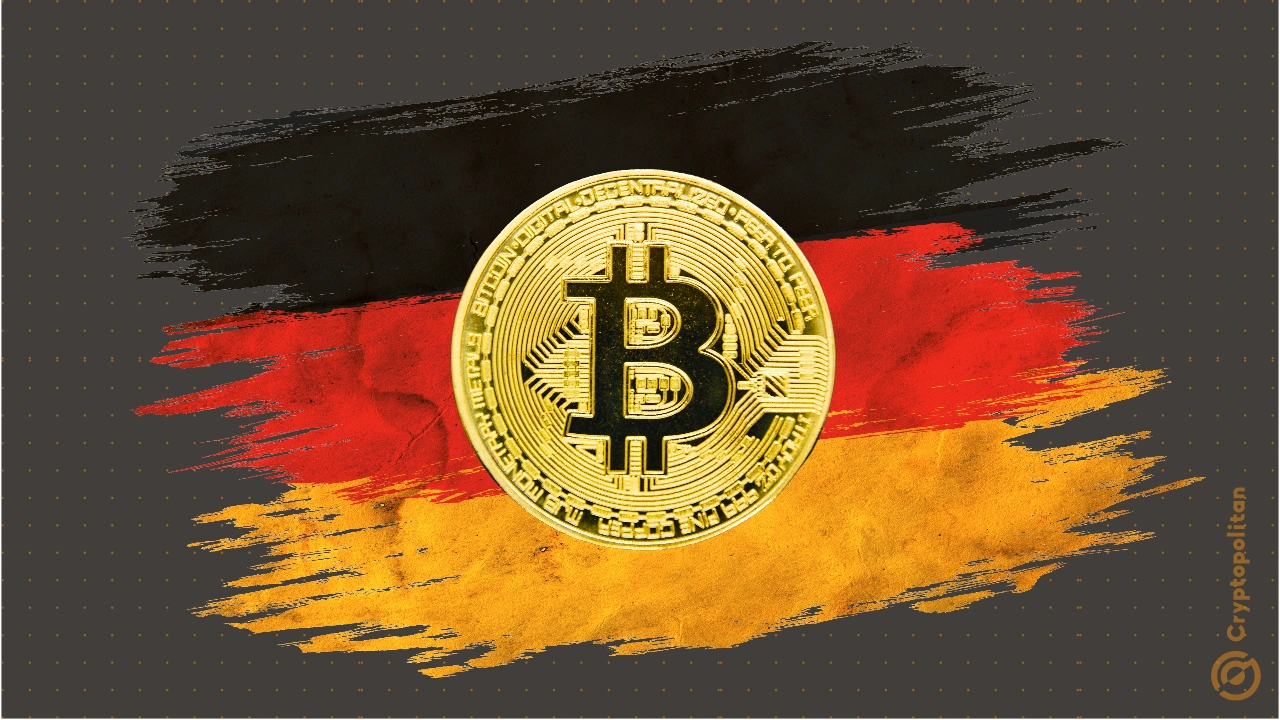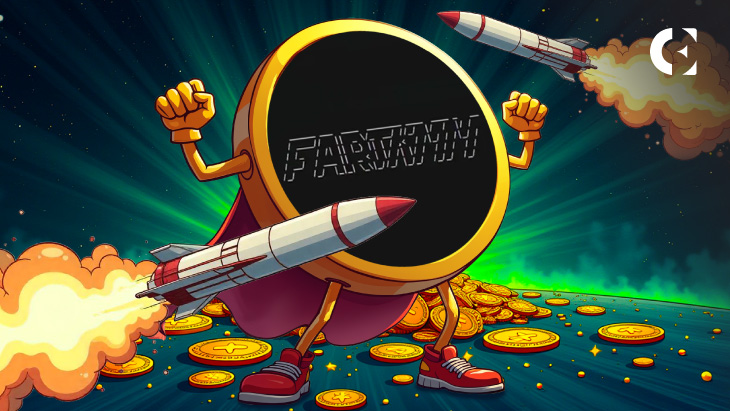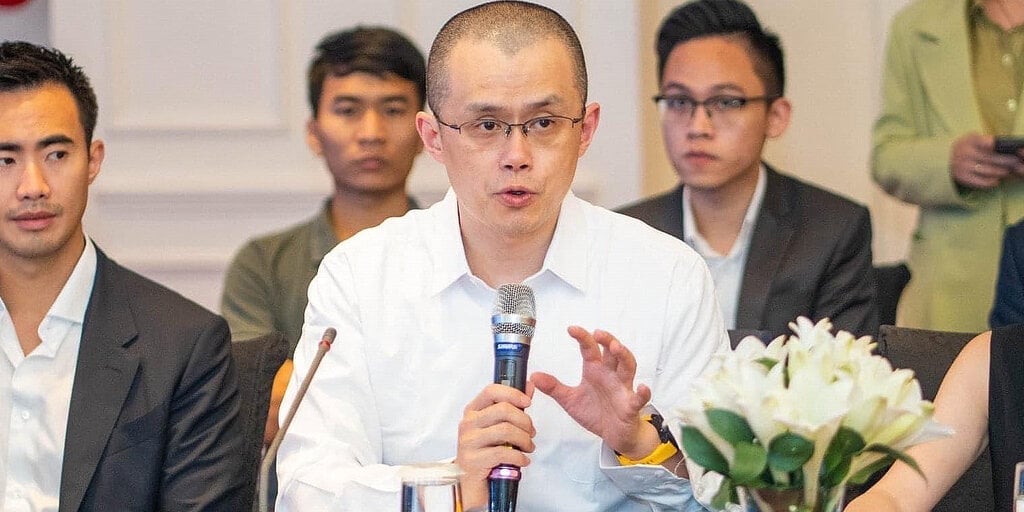time: April 8, 2025
Activity name: Hong Kong Crypto Finance Forum
host: Vito, founder
Guest: He Yi, co-founder of Binance
On April 8, at the just-held Crypto Finance Forum, Binance co-founder He Yi participated in a fireside conversation online and discussed Binance's development path and new trends in crypto finance with founder Vito.
He Yi first responded to the reason why she recently "high-frequency online" on social platforms. She believes that the founder must stand on the front line, listen to user voices, and perceive industry changes. She also admitted that whether it is product creation, community construction, or compliance communication, we should return to the core point: "Whether the real problem has been solved for users."
In sharing, she also expressed her views on the current popular segmented tracks in the market: instead of blindly pursuing concepts, it is better to solve the needs down-to-earth; only by clear business models and users are willing to pay can a Web3 project truly go long-term.
The following is a complete transcript of the conversation:
Opening
Vito:
Hello everyone, welcome to today's fireside conversation. We are very honored to invite Ms. He Yi, co-founder of Binance to discuss with us "the new trends in crypto finance from the development of Binance."
Regarding the reasons for reentering social platforms
Vito:
Since the beginning of this year, especially after the Lunar New Year, we have observed a clear change: the No. 1 sister has begun to be active on X (Twitter), which is in sharp contrast to the past few years, and some people even doubt whether it is an agent. Can you please talk about what changes have happened behind it?
He Yi:
Old Binance users may know that I have always called myself the "chief customer service". Since 2017, I have been active in various social platforms such as WeChat groups and Weibo, and have high-frequency interactions with users. Such interaction allows me to discover product problems and user demands more keenly, and bring them back to the product team in time.
Nowadays, the "Founder Model" is popular in Silicon Valley - the founder is on the front line. I think we've been this pattern from the beginning. It was just because my Weibo was blocked that I once quit the Chinese social media circle.
As we all know in the English circle, CZ was very active on the Internet in the past. Now that he has stepped down, we find that Binance has a little disconnected communication between the Chinese circle and users, so I returned to the social media "battlefield".
In addition, I often emphasize to the management team that there are actually two types of people we serve: one is users and the other is employees. External users must be heard, and internal employees must be supported. As managers, we must create an atmosphere where employees are willing to fight and proudly say "I'm at Binance".
The essence of Binance is three things: the first is to make good products, the second is to serve users and employees, and the third is to communicate well with supervision. These three points constitute our core competitiveness.
The logic and challenges behind high-frequency interaction
Vito:
Thank you for sharing. Then I would like to ask, what phased results have high-frequency interaction brought? Have you found some new problems in the process? Will this high frequency continue to be maintained in the future?
He Yi:
Of course, I hope to "replicate" many mes so that more employees and executives can have the awareness of "chief customer service". If they do better than me, I can step down from the frontline.
However, the reality is: we have entered the Web3 era, and information dissemination has moved from "one-way" to "multi-way", and everyone is an information node. The problem this brings is information overload. 99.99% of the information may be useless to you, but the 0.01% "real gold" is extremely valuable.
In addition, when everyone is a KOL, information dissemination is easily distorted, distorted, and even evolved into rumors in the process. These rumors are ridiculous, but you can't take the time to clarify them one by one.
So you need strong willpower and a firm sense of direction. You know who you are, where you come from, where you are going. Negative voices are inevitable, but if you can withstand it, you must also realize that this is the "purgatory" that all mature founders must face.
From the sunshine to Alpha 2.0: The main logic behind it
Vito:
You mentioned the "Sunshine" wallet airdrop, the launch of Alpha 2.0 on-chain and other actions. Is there a unified strategic logic behind this? What goal do you want to achieve?
He Yi:
We must admit one thing: there is indeed a gap between Binance Wallet and the industry's top wallets. When the product strength is not strong enough, we must work harder in other aspects, let users wait for us, and we will do better.
Ultimately, any product has to return to the core needs of users. Many people distinguish between wallets and exchanges very clearly, but in fact users have long "mixed" these two services.
If a wallet is just a wallet, why are the on-chain wallet users doing transactions while the exchange cannot be used as a wallet? I am a user who trades frequently, and my exchange account is my wallet.
Today, many on-chain wallets do not require KYC or anti-money laundering review, and can trade millions of tokens; while centralized exchanges have higher compliance thresholds, and can only launch a few hundred coins. This is not a question of who is higher or lower, but a different choice under regulatory policies.
The reason why Binance Wallet is conservative is that we have suffered losses and cannot fail again in compliance. This is responsibility, not "stupid".
Changes in industry trends and adaptation to Binance
Vito:
Therefore, Binance's series of adjustments are actually a reaction to changes in industry trends. What essential changes do you think have occurred in the entire crypto industry at present?
He Yi:
The industry is indeed changing. In the early years, cryptocurrencies were a small circle of geeks and idealists. But today, even the most mainstream traditional financial system, such as the US government, has begun to accept it. Why? Because once technology is proven to be valuable and can improve efficiency, it can be absorbed and utilized by mainstream.
Crypto ETF is a symbol, it is the product of the combination of traditional finance and the crypto world. Supervision is also becoming clearer, and more and more countries and regions have introduced specific frameworks.
On the other hand, the crypto industry itself has also developed a wider application layer from the initial public chains and exchanges, such as stablecoin cross-border payments, DeFi, and even DePIN scenarios, which have already had actual use value.
It's like Silicon Valley has been the backbone of technology from the hippies in the 1960s to today. The same is true for Web3, which was rebellious in the early days, but it will eventually mature and ultimately serve the public.
Don't worry about the track and return to user needs
Vito:
So what do you think of the various "tracks" now - DeFi, RWA, DePIN, etc.? Which direction do you prefer?
He Yi:
I think it is more important to ask: What problem have you solved than "what track is optimistic about?" Is anyone willing to pay for your product?
The problem with many Web3 entrepreneurial projects is: there is no business model, it is said profound but users cannot understand it, and it will be over with data and it will be over on the exchange. This is unsustainable.
We can't just chase concepts. Whose problem did you solve? How big is the user scale? Is there any urgent need for this product? This is the real problem.
I also don't like the tagged distinction of "Web2 vs Web3". In essence, human nature is connected and business is also connected. Regardless of whether you use blockchain or not, as long as you can make products that are truly useful and willing to give back to the community, it is worthy of respect.
Successful companies have several common points:
- Time: Standing at the moment of the times;
- Geographical: Have you done the right thing you are good at?
- People and: Is there a reliable team?
- Extreme willpower: Can you withstand all the difficulties?
Look at Nvidia, Tesla, and even Binance, many times, they are "escape from death", but it is because we persisted one step more than others that we survived.
Conclusion
Vito:
Thank you for your wonderful sharing! Today is limited, but the content is very rich. If you want to pay more attention to the No. 1 sister’s updates, please follow her Twitter and continue to follow. Thank you again to the No. 1 sister, and thank you to everyone present!
















No comments yet